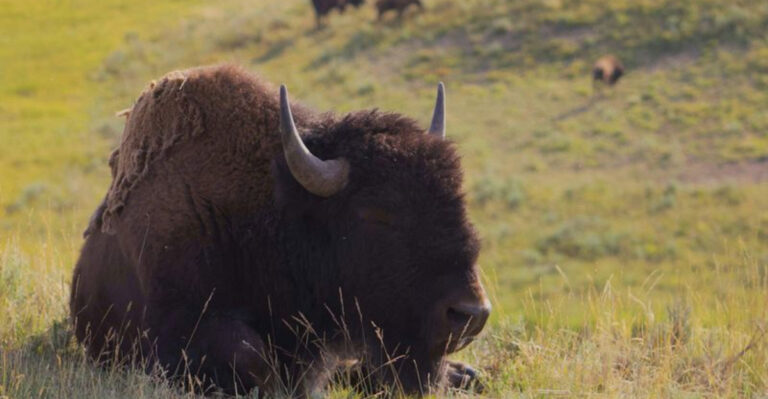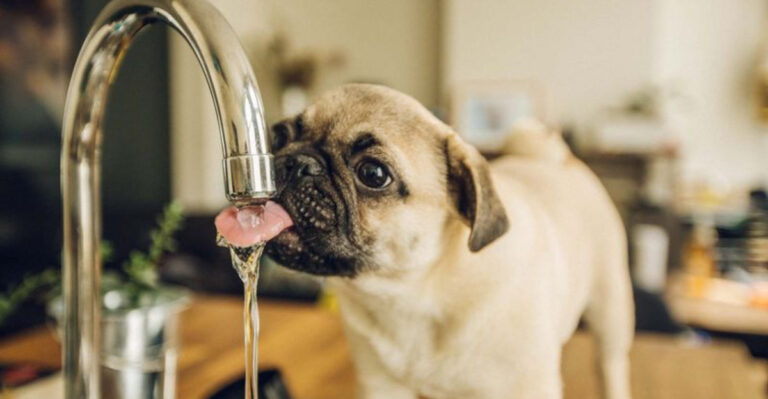Hybrid Grolar Bears Also Known As Pizzly Bears, Melt Millions Of Hearts Online
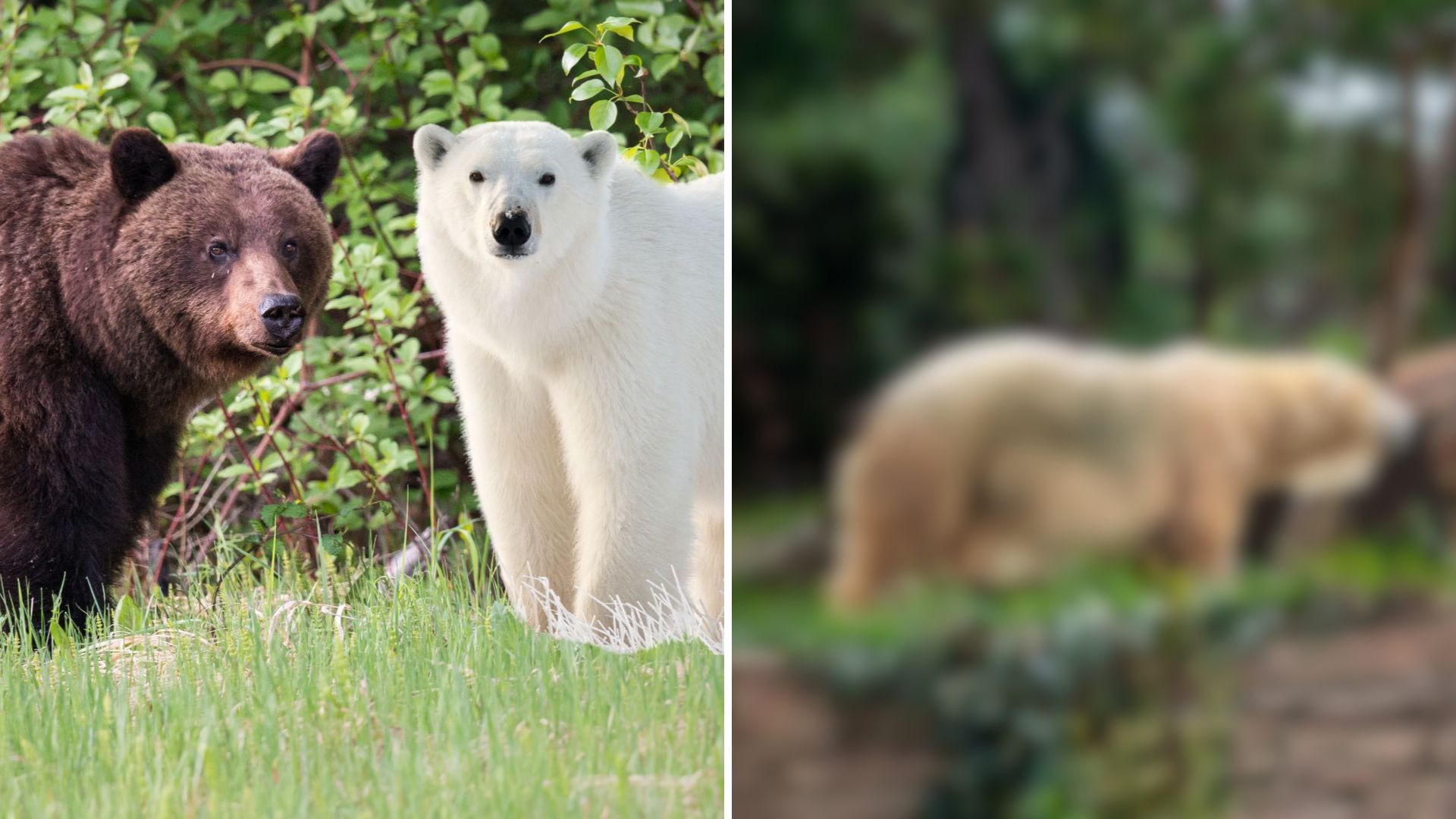
As climate change continues to reshape our planet, some species are adapting in surprising ways. One of the most fascinating developments is the emergence of a new type of bear: the so-called pizzly bear or grolar bear, a hybrid of, you guessed it: polar and grizzly bears.
This unusual combination seems to be a direct result of our warming world and the shifting habitats of these two majestic creatures.
Have you ever seen a hybrid bear? There are tons of hybrid animals, crossbred dogs or cats, pampas foxes, and so on. But have you ever heard of two completely different bears producing offspring?
To be honest, I always loved bears, they’re just so amazing. Such great, large but extremely cute animals.
This polar-grizzly has taken the internet by storm! Scientists refer to them as either pizzly or grolar bears, I mean, how cute is that?

Polar bears are well-known for relying heavily on sea ice and hunting seals, their primary food source.
However, as global temperatures rise, the Arctic ice is melting, leaving polar bears with fewer places to hunt. In their desperate search for food, they are moving further south than ever before. According to LiveScience:
“As the world warms and Arctic sea ice thins, starving polar bears are being driven ever further south, where they meet grizzlies, whose ranges are expanding northwards.”
At the same time, grizzly bears, which traditionally inhabit forests and meadows, are expanding their range northward.
This shift is largely due to warming temperatures, making previously inhospitable areas more suitable for grizzlies. As the territories of these two species overlap, encounters between polar bears and grizzlies have become more common.
When polar bears and grizzly bears meet, sometimes nature takes an unexpected turn. They produce hybrid offspring, known as grolar bears or pizzlies.
These hybrids have the creamy fur of polar bears but also feature the long claws, humped back, and facial structure of grizzlies.
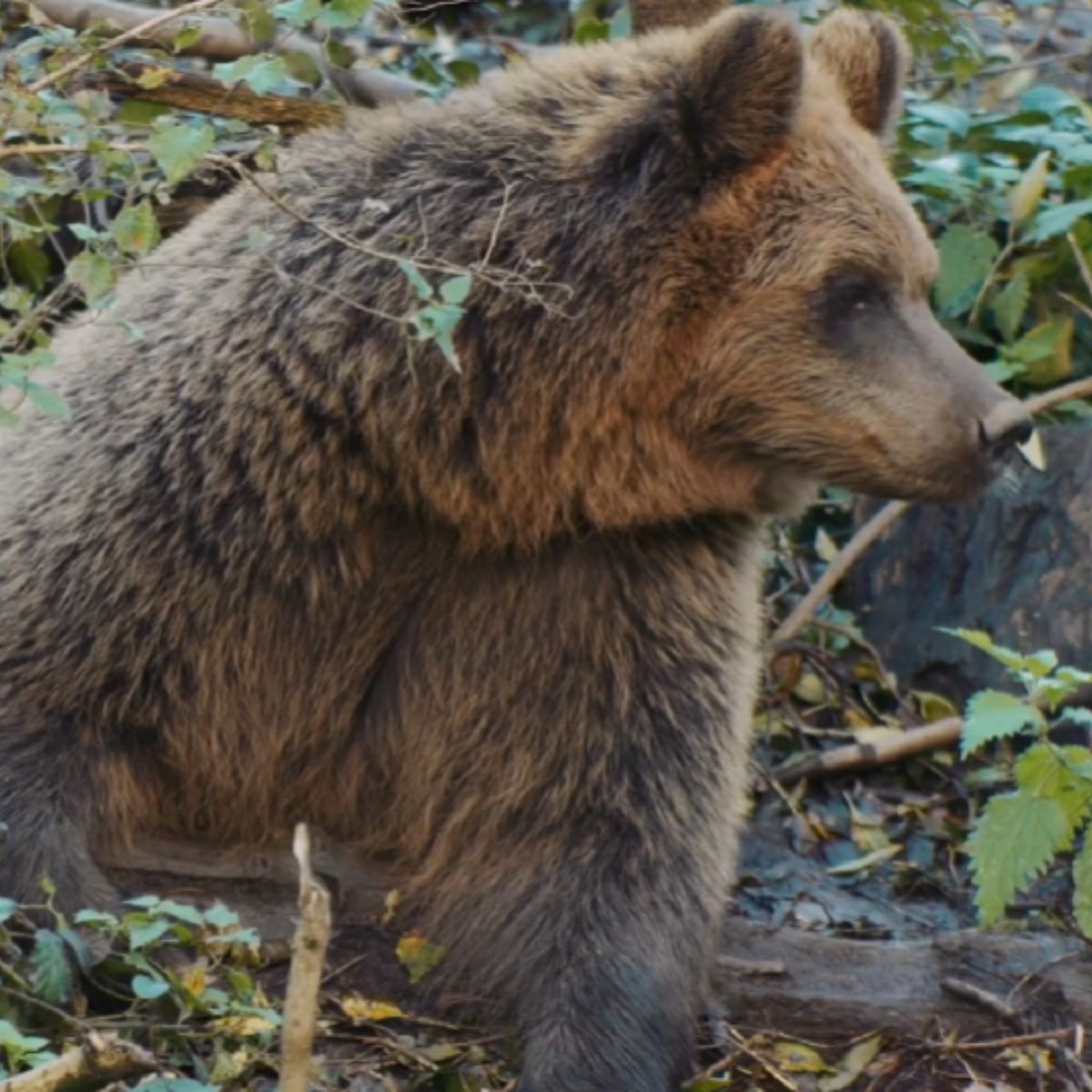
The grizzly bear is a terrifying predator, with adults weighing between 400 and 800 pounds and standing up to 10 feet tall.
They are omnivores, consuming a varied diet that includes fruit, fish, and sometimes even small mammals. On the other hand, the polar bear is the largest of the bear species, with males reaching up to 1,300 pounds and measuring over 8 feet in length.
Polar bears are carnivores, primarily feeding on seals and seabirds. Pizzly bears inherit traits from both parents. They can grow up to 10 feet long and weigh around 1,000 pounds.
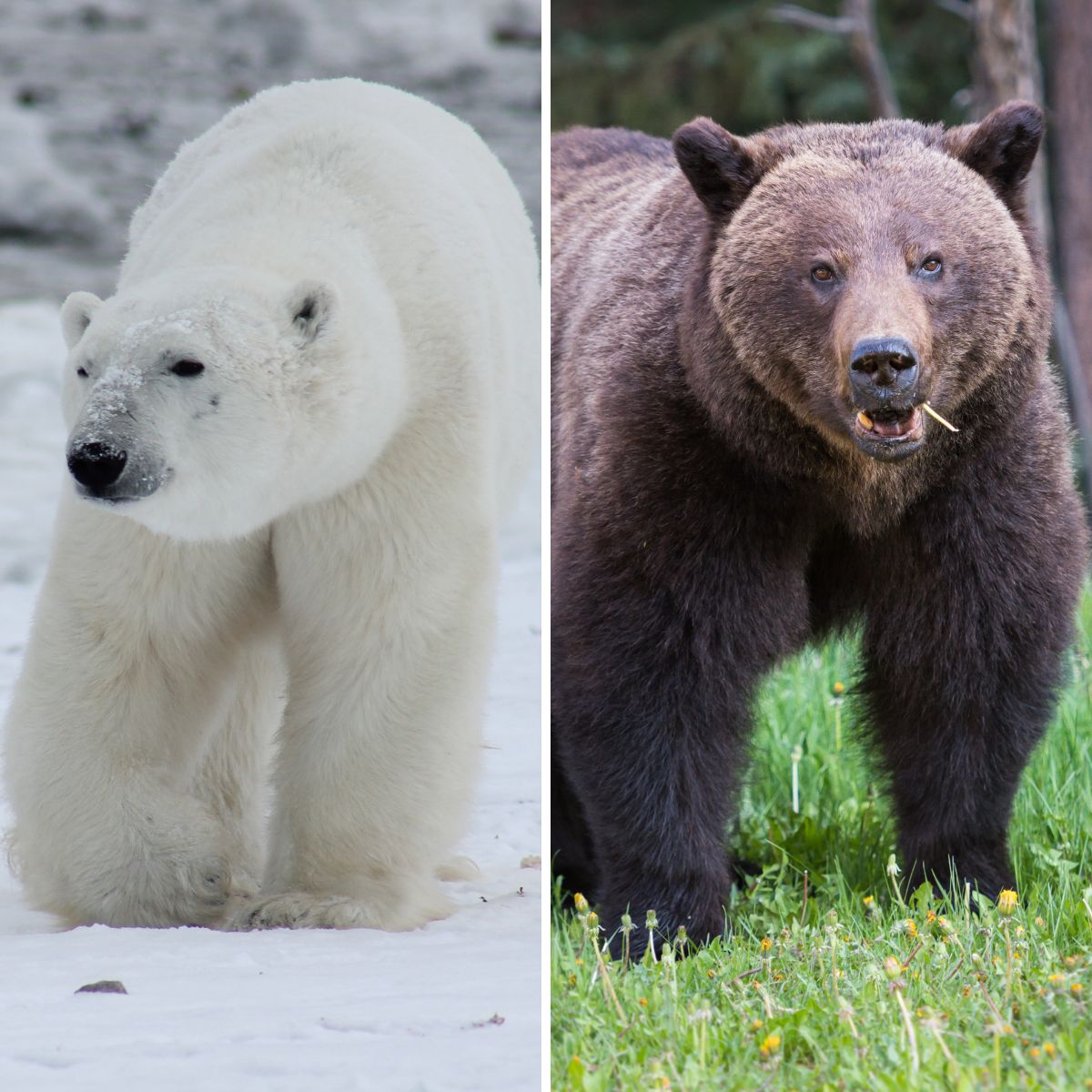
Interestingly, they have smaller molars compared to their parents, likely a result of their mixed diet, which includes both seal blubber from their polar bear heritage and plant-based foods from their grizzly side.
The rise of pizzly bears is a clear sign of the changing climate and the impact it has on wildlife. As polar bears and grizzly bears continue to cross paths, these hybrids might become more and more common.
Some scientists believe that pizzly bears could have a unique advantage in the warming northern habitats, potentially thriving where pure polar bears struggle.
While the pizzly bear is a fascinating example of nature’s adaptability, it also highlights the urgent need to address climate change.
People must protect the natural habitats of all creatures, the same as grizzly and polar bear’s habitats, in order to preserve their species. However, sometimes circumstances like this result in positive outcomes, such as the adorable pizzlies:
By understanding and sharing stories like this, we can become more aware and help enlighten others and inspire them to take action.


